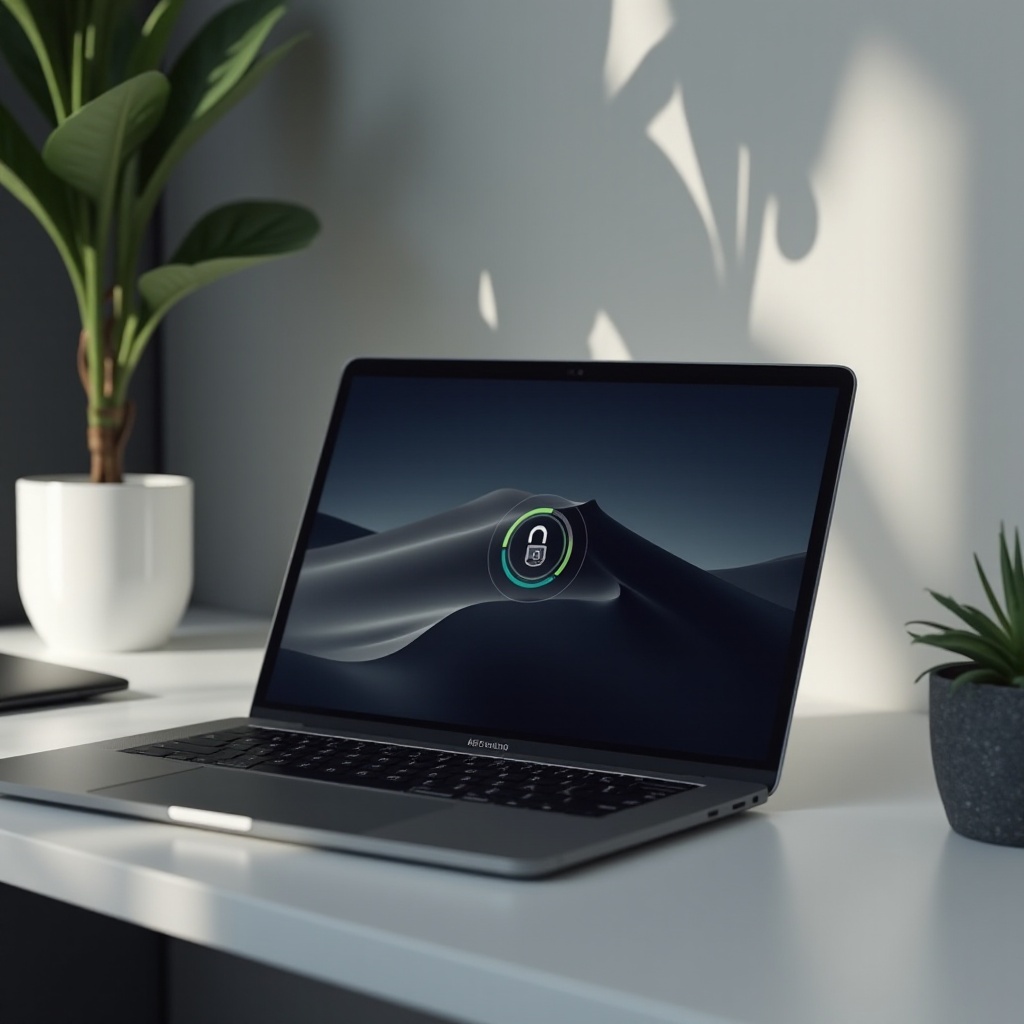Introduction
Locking a computer is paramount for safeguarding sensitive information and maintaining privacy. Whether at work or home, ensuring your device is secure helps protect data against unauthorized access. With a few simple commands, you can effectively lock both Windows and macOS computers, reducing the risk of security breaches and protecting your personal or professional information. This article explores various methods to lock your computer, providing easy-to-follow steps, useful tools, and troubleshooting tips for enhanced security.

The Significance of Computer Security
Computer security extends beyond merely having anti-virus software installed. A critical aspect of protecting your data is ensuring your computer is inaccessible to unauthorized users, especially during your absence. Locking your device shields sensitive information, whether it’s your business projects or personal files. Instant locking can thwart data theft and potential hacking attempts. By understanding locking procedures, users are empowered to act swiftly, ensuring their systems remain secure at all times. Let’s delve into the commands for efficiently locking a Windows computer.
Commands to Lock a Windows Computer
Windows computers offer several options for locking your device efficiently. Whether you prefer using the Command Prompt, keyboard shortcuts, or automation, these methods ensure your device remains secure.
Using Command Prompt
To lock a Windows PC using Command Prompt, follow these steps:
- Open the Command Prompt by typing ‘cmd’ in the Windows search bar and pressing Enter.
- Type the following command:
rundll32.exe user32.dll, LockWorkStation. - Press Enter, and your computer will lock immediately.
This method provides quick access to locking features through a simple command.
Utilizing Keyboard Shortcuts
Keyboard shortcuts are the fastest way to lock your computer. Follow these simple steps:
- Press the Windows Logo key + L simultaneously.
- Your computer will lock instantly once you release these keys.
This technique offers a quick and convenient way to secure your device without interrupting your workflow.
Automating Locks with Task Scheduler
To automate locking your Windows PC using Task Scheduler:
- Open the Task Scheduler by searching for it in the Windows search bar.
- Choose ‘Create Basic Task’ and provide a name and description for your task.
- Select ‘Daily’ or another frequency as per your need, then click ‘Next.
- Set a specific time for the task and proceed.
- In the ‘Action’ section, select ‘Start a Program’ and click ‘Next.
- Type
rundll32.exeas the program/script, anduser32.dll, LockWorkStationas the argument, then click ‘Finish.
Your task is now scheduled, and your Windows PC will lock automatically at the designated time.
Transitioning from locking methods for Windows, let’s explore the commands applicable to macOS computers.
Commands to Lock a macOS Computer
macOS users also have several options for locking their devices, whether it’s through Terminal commands, keyboard shortcuts, or automation tools like Automator and AppleScript.
Terminal Commands for Locking
For those comfortable using Terminal, here’s how to lock your Mac:
- Open Terminal by searching for it in Spotlight (Cmd + Space, then type ‘Terminal’).
- Type the following command:
pmset displaysleepnow. - Press Enter to lock your screen immediately.
Terminal offers a quick command-line option for locking your Mac’s screen effectively.
Keyboard Shortcut Techniques
Keyboard shortcuts remain one of the easiest ways to lock your macOS device. Here’s how:
- Press Control + Command + Q simultaneously.
- This will bring you to the lock screen instantly.
Using this shortcut provides a fast and convenient method for securing your Mac.
Using Automator and AppleScript
You can automate the locking process on macOS using Automator and AppleScript:
- Open Automator and select ‘New Document.
- Choose ‘Service’ as the type, then search for ‘Run Shell Script’ in the Actions library.
- Drag it to the right panel and enter
pmset displaysleepnow. - Export the service and assign a shortcut in System Preferences under ‘Keyboard’ and ‘Services.
Your screen will lock automatically with the assigned shortcut, streamlining the security process on your Mac.
Having covered specific commands for both operating systems, let’s consider some alternative tools that can further enhance security by locking your computer.

Alternative Tools for Locking a Computer
Beyond built-in commands and shortcuts, several third-party applications can offer additional locking features. Applications like Lock Me Now and DeskLock provide customizable options and scheduling features that add an extra layer of security. These tools can offer remote lock capabilities, personalized lock screens, and integration with other security software.
With these tools in mind, addressing common troubleshooting tips can help ensure your locking methods function effectively.
Common Troubleshooting Tips
Here are some common troubleshooting tips to ensure your computer locks efficiently:
- Ensure Keyboard Functionality: Check that your keyboard shortcuts are correctly set up and functioning.
- Command Errors: Verify you’re typing commands accurately in the Command Prompt or Terminal.
- Software Updates: Ensure your operating system is up to date to avoid compatibility issues with locking features.
- Restart Your Computer: If locking commands are not functioning, a simple restart may resolve underlying issues.
With these troubleshooting tips, your computer locking processes should remain smooth and effective.

Conclusion
Locking your computer effectively is essential for securing your personal and professional information. By utilizing the discussed commands and techniques, you can enhance your device’s security in both Windows and macOS environments. Embracing these practices ensures your data remains safe from unauthorized access.
Frequently Asked Questions
What is the fastest way to lock a Windows computer?
The quickest way is by pressing Windows Logo key + L.
Can I set my computer to lock automatically after a set time?
Yes, using Task Scheduler on Windows or Automator on macOS allows you to automate locking.
Are there third-party applications that can help with computer locking?
Yes, apps like Lock Me Now and DeskLock provide additional locking features and custom options.

